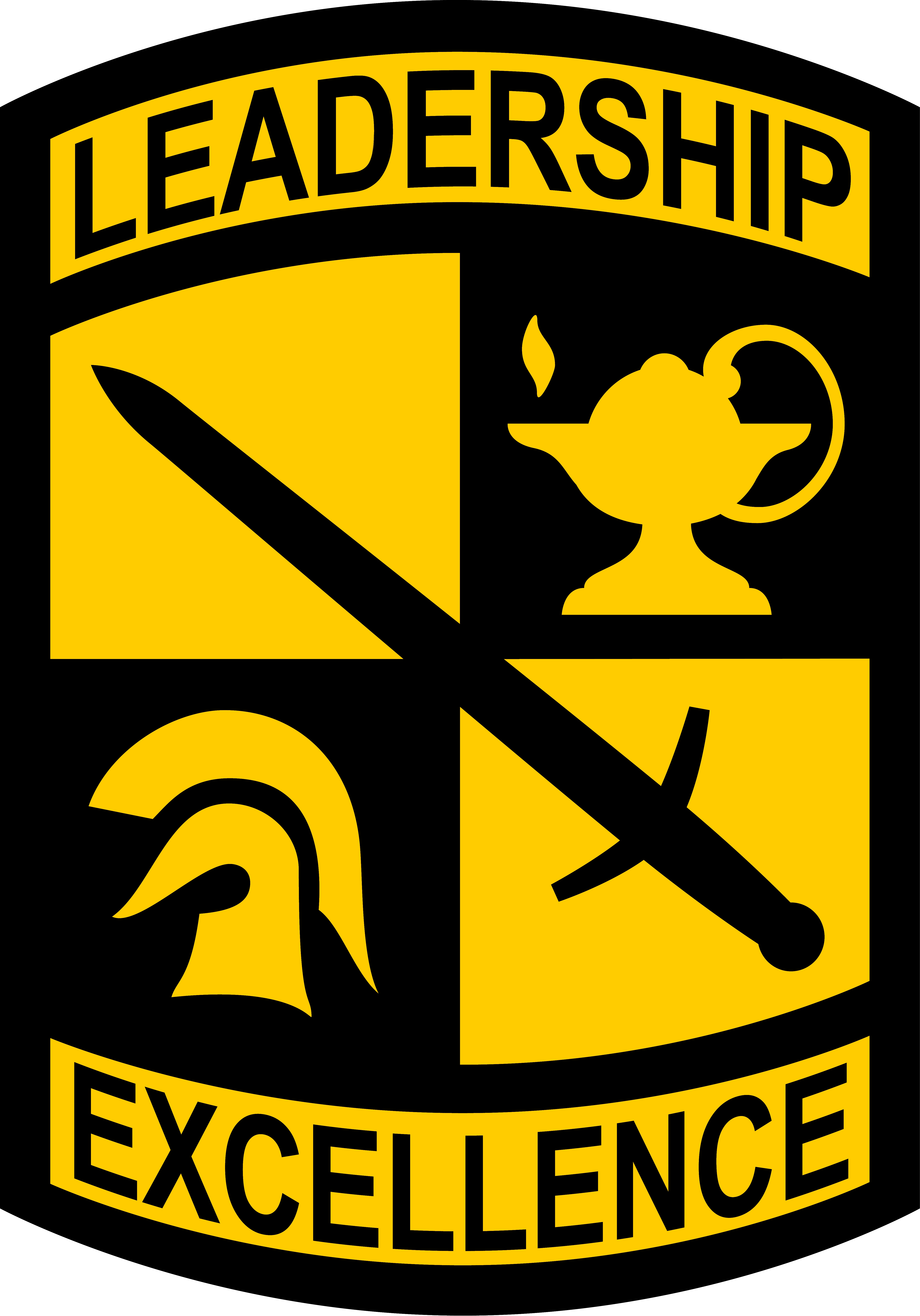4th Regiment Cadets completed training with the engagement skills trainer (EST) at Fort Knox, Ky., June 20, 2022.
EST, which is part of Cadet Summer Training, teaches Cadets some of the skills they need to qualify with their weapons. It is a simulated, digital range where Cadets can grow more comfortable with the M4 carbine. The training also allows them to practice techniques that will help them when they move to the live fire ranges.
Cadets at CST have varying levels of familiarity both with weapons and with the EST training itself.
Cadet Trejaun Smallwood from Liberty University said he has helped administer EST training, but this was his first time completing it himself.

Smallwood said he felt pretty good about the qualifications though, because the Cadets received a lot of training and in-depth instruction during CST. Smallwood also said he has had the chance to practice shooting before CST with his Reserve Officer Training Corps program.
“At Liberty, we actually have a gun range on campus that we use,” Smallwood said. “So, we get the opportunity to go out there a couple times a year and do basic familiarization and shooting.”
Cadet Sam Carmody from Purdue University Fort Wayne has used a simulator before to complete weapons training.

“We actually have a simulator that we get from the National Guard that we use at our campus,” Carmody said.
Carmody said he feels prepared for his qualifications test.
“Our Cadre did a good job of teaching us how to shoot and then obviously on the civilian side I do a lot as well,” Carmody said. “Just practicing and gun familiarization has been a big thing for me, so I feel pretty confident going into it.”
Cadet Nicholas Toone from Virginia Military Institute said he felt ready for his upcoming weapons qualification. He said the grading aspect makes him nervous, but he did well on his EST qualification, which helped his confidence.

“I know a few things I can definitely fix and from there we have I think two- or three-days’ worth of just actual training on the range, actual live fire and everything, so I feel pretty good about it for the most part,” Toone said.
Cadets do EST training before practicing grouping and zeroing on a live fire range, then they qualify with their weapons.
Toone said he thinks the EST training is very helpful for teaching all Cadets with all experience levels a standard way of handling their weapons. It hones in on skills they learned and gives them ideas for what they need to fix before the live fire training events.
For some Cadets, their interest in the military started before they even got to college.
Toone said he has wanted to join the Army since he was a kid and when someone told him about the Virginia Military Institute, he decided he wanted to attend school there.
“I’ve always wanted to do something within the realm of the military and the military school seemed like a great way to begin that journey,” Toone said. “Ever since I was in elementary school, I just have always thought that one day I’d want to go to VMI and now I’m there.”
Toone said he thought about different ROTC branches, but decided on the Army because his school has a really good Army ROTC program.
“They definitely prepare you pretty well, I think they do at least, for Advanced Camp and just for your career in the military after that,” Toone said.
For other Cadets, joining the Army is part of a family legacy.
Smallwood said he joined to learn to serve and lead, like his father before him. His father also went through the ROTC program to become an officer.
“He set the example of what right looks like and I wanted to learn the same way, learn the same values,” Smallwood said.
Carmody said his grandfather served in Korea and that was one reason he wanted to join the Army.
“I just felt the calling to do it and make my family proud and make my country proud,” Carmody said.
No matter the reason Cadets join the Army and the ROTC program, weapons qualifications are an essential part of training. EST is one very important step in the overall weapons training Cadets receive at CST.

